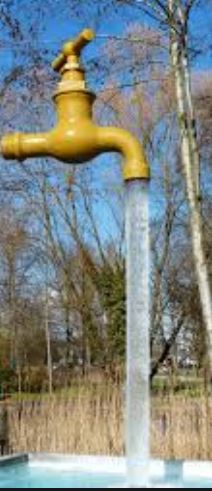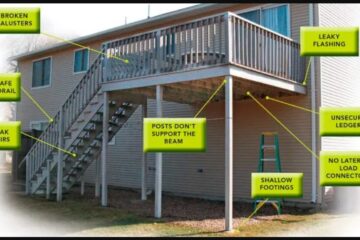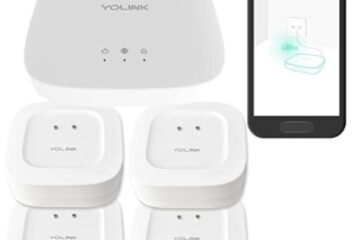Each winter, homes are damaged due to water pipes that freeze and burst. By taking a few simple precautions, you can help save yourself from the mess, money, and headaches of burst frozen pipes. Exposed pipes are more likely to freeze.
Insulate pipes in your home’s unconditioned spaces, basement, and attic.
Heat tape can be used to wrap pipes.
Drain and disconnect garden hoses and insulate hose bibs.
Know where your water shut off valve is located.

How to Thaw
If the pipes are still frozen, you may have not experienced much water damage just yet. Once the thawing begins, water could start to gush out. The water needs to be shut off. Be sure you know where this valve is before an emergency strikes.You can do it to just the section that is affected by the frozen pipe, or the entire house depending on the situation. If you do shut it off to the entire house, open a few faucets. This release will reduce the pressure for all the lines, including the one that is frozen.
It is a good idea to have towels nearby or another way to catch and clean up any water that may flow out.
There are several ways that frozen pipes can be thawed. A space heater can be placed nearby, or even a heat lamp. A hairdryer can also be used. You can even purchase heated tape that is applied directly onto the pipe and is controlled with a thermostat.
Another option is to wrap them in warm towels. You can lay the towels over the pipes, and then while wearing gloves, pour boiling water over the towels.
You should never use a propane torch, or open flame, to thaw pipes.
Source: Talmich Plumbing and Heating


